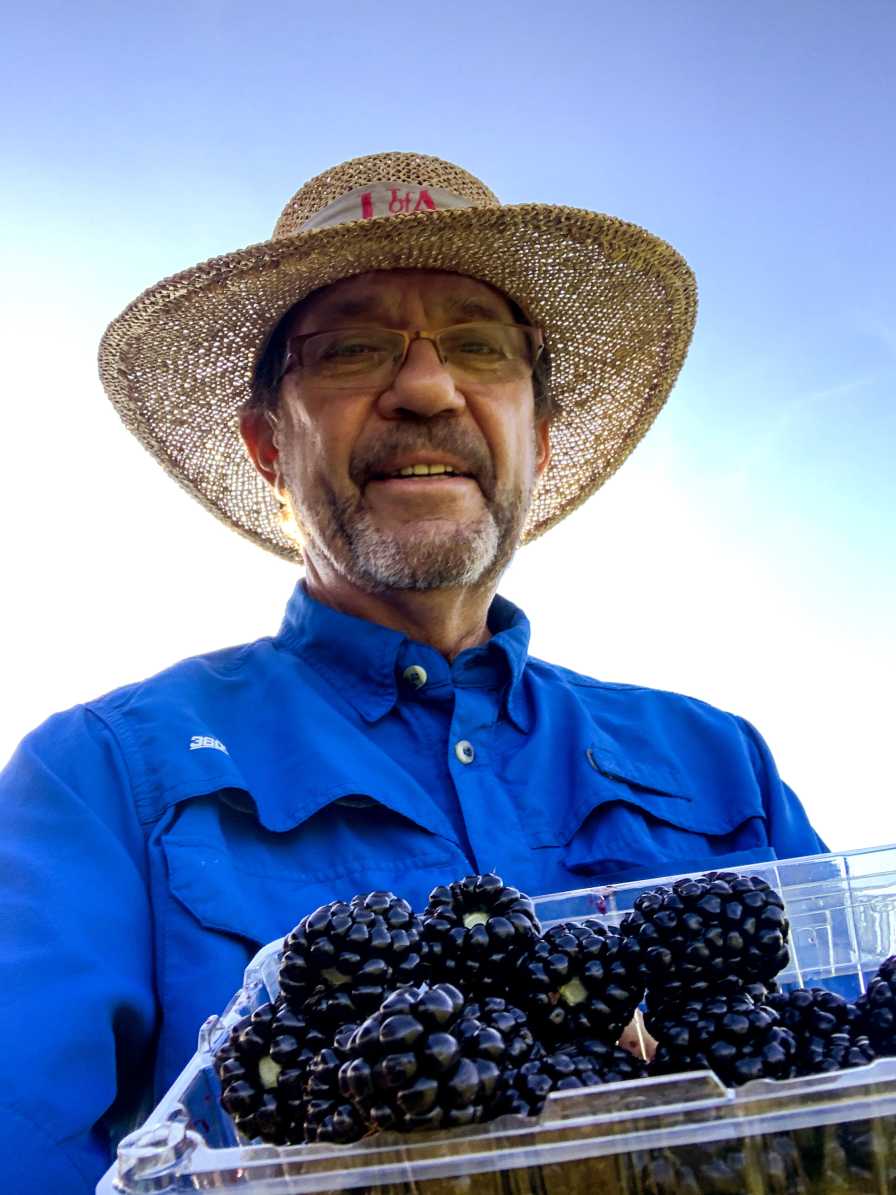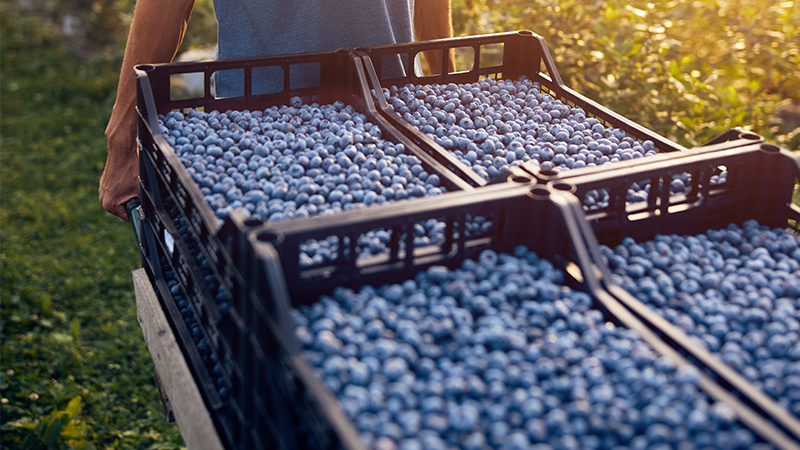How Plant Breeding Advances Are Propelling Berries To New Heights
As many of you are aware, my career of 40+ years in berry breeding focused on a traditional breeding approach since molecular methods were not well developed to aid in berry breeding programs.
Several years ago, I wrote a column about molecular applications in strawberry, focusing on the University of Florida (UF) breeding program led by Dr. Vance Whitaker, who had implemented a wide-ranging molecular component to his program, including marker-assisted screening of seedlings as well as genomic selection.
Here we are several years later, and I want to revisit the topic of molecular applications in berry breeding. A member of Whitaker’s team at UF was Dr. Sujeet Verma. I had met Verma many years ago when he was a graduate student at Washington State University, and we were both involved with the RosBREED project that targeted molecular applications across a range of rosaceous crops.
Verma has recently joined Fall Creek Nursery as Genomics Research and Molecular Diagnostics Manager working with Director of Breeding Dr. Paul Sandefur. Fall Creek operates one of the major blueberry breeding programs in the world. I asked Verma to share insights on several areas of molecular applications from his experiences.
What are the more common current molecular applications in berry breeding these days in active variety development programs?
Verma: There are not a lot of promising molecular techniques being applied to berry crops other than strawberry, reasons being that strawberry is more economically important, has a shorter life cycle, and its breeding behavior generally is simpler due to its more common diploid heritance pattern (other berry crops often have more complex trait inheritance).
Blueberry is a little behind in applying molecular methods due to its longer life cycle plus unsystematic polyploid genetic activity. At Fall Creek, we have developed in-house DNA fingerprinting methods for true-to-type determination, which is extremely valuable in being sure that all varieties are what they are supposed to be in propagation and marketing.
There is a lot of research going on in blueberry to determine traits that are controlled by one or two genes versus multiple genes. Many traits in berry crops are controlled by multiple genes, and I think genomic selection could be the best way to move forward. Fall Creek is also equipped with high throughput phenotyping machines, which can be a game changer for rapid application of a genomic selection approach.
How are these applications speeding up or helping breeding?
Verma: These molecular techniques are helping breeders get ahead of the game. Breeders can now predict the performance of seedlings without growing the plant to maturity. Breeders can make as many crosses as they want and let molecular markers pick the desired seedling for them. Identity checking, parentage checking, inbreeding, and breeding value are some of the other helpful genetic parameter estimates helping to speed up berry breeding.
What are the biggest limitations in using molecular methods in berry breeding compared to more major crops like row crops and vegetables?
Verma: Genome complexity, polygenic inheritance, heterozy-gosity, and length of generation/fruiting cycle are the major limitations in using molecular markers in berry crops compared to row crops. Limited genetic resources and knowledge are other major limitations. The good news at Fall Creek is that we are investing in developing in-house genomic resources for DNA informed breeding in collaboration with external partners.
What does the horizon hold for berry breeding and expanding molecular methods?
Verma: I think the future of berry breeding using molecular methods is very promising! I recall a similar situation 10 years ago with strawberry, and now it is leading the way in the application of molecular technology among all berry crops. At the moment, proof of concept for many molecular methods is being established for other berry crops, and it is just a matter of time before methods like marker-assisted seedling selection and genomic selection are routinely applied in berry breeding at Fall Creek.
Breeding of fruit varieties has always been one of the slowest activities in plant breeding, for many of the reasons highlighted above. Molecular applications have lagged in a similar way. It is exciting to see the new technologies being implemented in both public and private sector breeding, with these techniques being moved forward by Verma and other innovators. Let the berry good times roll!










